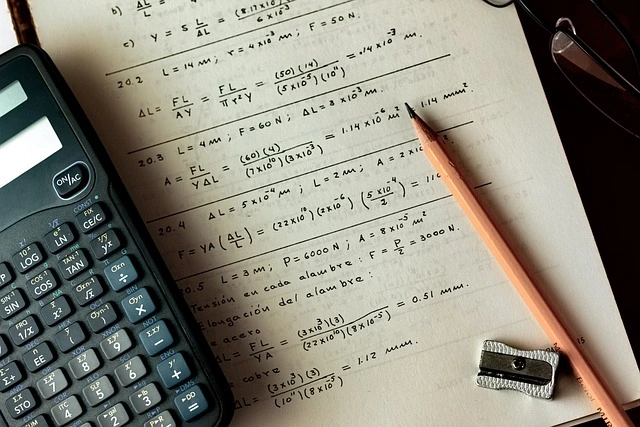Hey there! Let’s dive into a mathematical equation that might seem complex at first glance: 100−22223−1r30. Don’t worry; we will explain this concept in detail throughout this section. As we shall see, this equation can shed some light on some of the most important ideas in science and engineering. Well, then, let’s make it simple and spend some time having a nice cup of coffee, and let’s consider its importance and uses – yay!
Breaking Down the Equation
Components of the Equation
Alright, let’s start by looking at what makes up the equation 100−22223−1r30:
- Constant Terms: The numbers 100 and 22223 are constants. They’re like the foundation of a house—stable and influential in determining the outcome.
- Variable R: Here’s where it gets interesting! The variable R represents something that can change, like the weather or your mood. This change affects the equation’s result.
- Exponent: The term r30 means we’re raising R to the power of 30. Imagine how quickly numbers grow when you raise them to such a high power—it impacts the equation!
Understanding the Structure
To look at this equation, one can look at it as a formula, just like a recipe one gets to follow. It even makes new things through a combination of constants and variables. A simplified example of systems thinking of tourism is used. Term 1r30 of polynomial shows that if R increases to a certain extent, the entire value will also fluctuate considerably. This is a big deal in many regions of math and science!
Applications of the Equation
In Science
In mathematics, we use formulas such as 100−22223−1r30 to approximate various phenomena of nature. For example, this equation might be equated with a system in which the value of R corresponds to an extent measurable, such as temperature or pressure. Just imagine what scientists can achieve when they know how changes in R influence the result.
In Engineering
Engineers are like problem solvers. They use equations to design systems and predict how they’ll behave. For instance, 100−22223−1r30 might be used in simulations, where R represents load or stress. By analyzing this equation, engineers can optimize their designs and ensure everything is safe and sound.
Solving the Equation
Finding Roots
Now, let’s talk about solving this equation. To find the roots of 100−22223−1r30=0, we need to rearrange it a bit:
1r30=100−22223
This is where the fun begins!
Numerical Methods
At other times, solving these equations becomes a little bit more elaborate. Numerical methods are quite a lifesaver to anyone who is as unenthusiastic about formulas as I am! Approximate solutions can be found with the help of specific methods like Newton’s or bisection methods. It’s like having a map of complicated areas.
Graphical Representation
Visualizing the Equation
Have you ever seen a graph that tells a story? Graphing the equation y=100−22223−1r30 can give us a visual representation of how the function behaves as R changes. It can show us critical points, like where the function hits the x-axis or peaks and valleys.
Importance of Graphs
Graphs are like illustrations in a good book—they help us visualize relationships and trends, make it easier to interpret data, and draw conclusions. For our equation, the graph can highlight how quickly the function decreases as R increases, showing the impact of that R30 term.
Conclusion
Using coordinates Well, the equation 100-22223-1r30 is an excellent illustration of how mathematics can model the real world.el real-world phenomena. Therefore, we can demonstrate its importance in every field, following the abovementioned elements and uses. Such equations are important to enhance the existing knowledge and to tackle the questions often related to science or engineering.
Further Exploration
Related Topics
If you’re curious and want to learn more, consider exploring these related topics:
- New polynomial equations and measures related to polynomials
- Solutions of nonlinear equations using numerical technique
- Application of mathematics in solving real-life problem using modeling






Be First to Comment